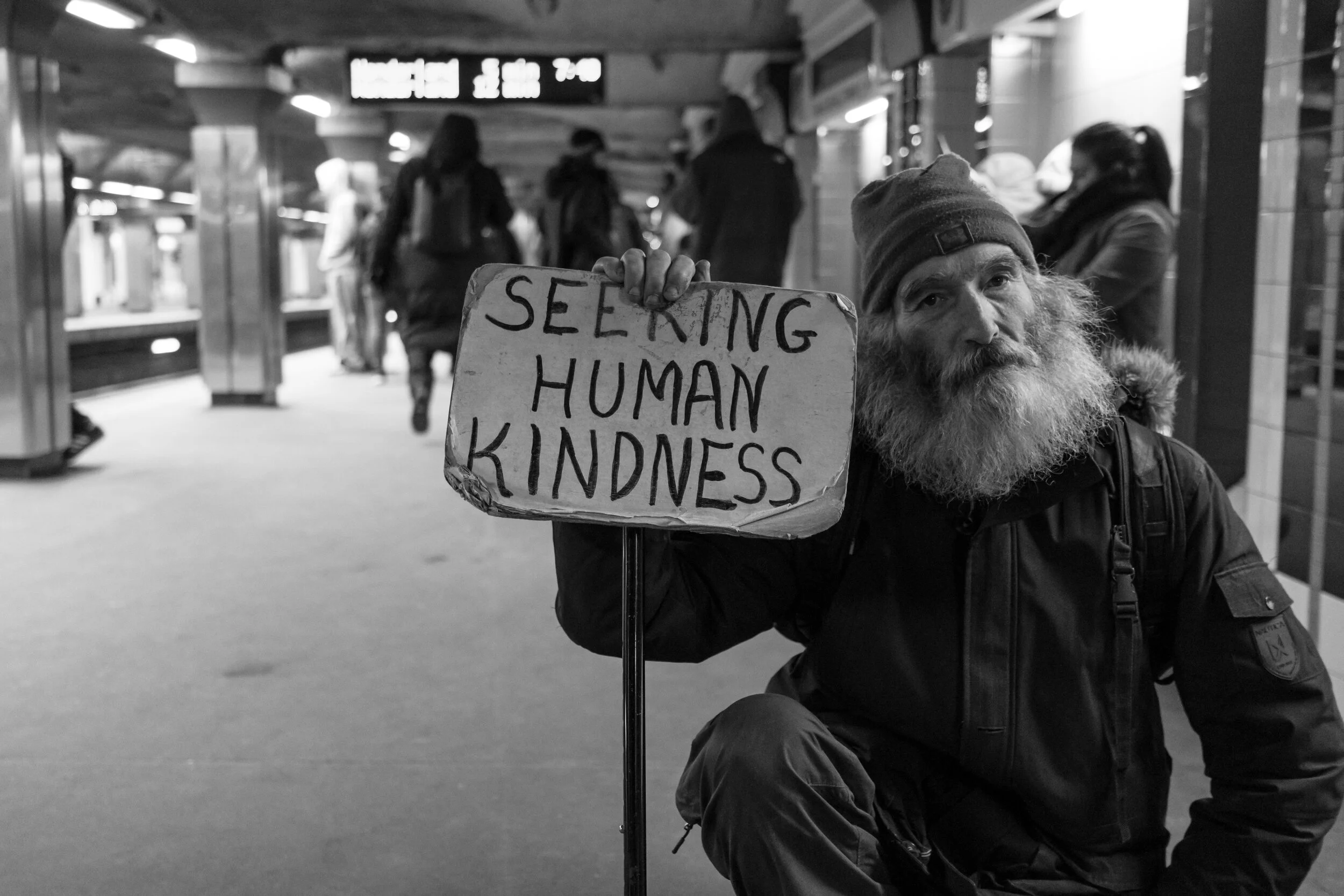Market Volatility - The Cost of Admission
I read two bite-size pieces of content last week that equally affected me:
“The whole reason stocks tend to do well over time is because they make you put up with stuff like this. It’s the cost of admission. A feature, not a bug” – Morgan Housel Collaborative Fund
“Telling people to ignore the noise is telling people not to be people” – Michael Batnick Ritholtz Wealth Management
As an advisor to families, endowments and corporate retirement plans our firm lives in the tension of these types of statements often. The ability to substantiate recommendations with facts, as opposed to noise, while recognizing each client that we work with has a unique set of circumstances hopefully validates our name Human Investing.
Our team (probably like you) is learning, reading and writing about the set of current events. Like Housel and Batnick mention, it’s a combination of having perspective (in other words we’ve been here before) and recognizing that each time the market flirts with “correction” territory it’s a reasonable behavior to feel uncertainty. We find the charts, statements, and questions listed below helpful when talking to clients and hope you do as well.
For most people, this is a price of admission scenario:
Today was the 17th worst day for the S&P 500. Since 1825 the US Stock Market has returned nearly 10% per year. The below histogram does an excellent job of showing how those returns are plotted over the last 195 years. Like we mentioned above, investors do not receive excellent returns without taking on risk. Days like today are the price of admission.
“But this time it’s different”
You’re right this time it is different due to the speed of the market declining and the intersection of COVID-19, oil prices steeply declining and the federal reserve lowering interest rates. Not to be dismissive of the current world events, but it’s different every time. It was different during the dot com bubble and the 2008 financial crisis as well. These visuals help provide perspective regarding the current volatility we are seeing and what’s normal.
A. Drawdowns in the market happen all the time. This current drawdown is around 18% (so far) which is slightly below the normal intra-year drawdown of nearly 14% since 1980.
B. These charts show that while the speed of this drawdown is occurring faster than normal. The fact that we are experiencing volatility linked to world events occurs more often than we might initially think.
“Buying into this market seems terrifying should I go to cash (or stay in cash if applicable)?”
Two scenarios come to mind:
A. You’re fully invested right now: Market timing is rarely (most likely never) a good idea. This is where knowing yourself as an investor and the qualitative side of the equation matters as much as the data. If slightly reducing how aggressive you are will allow you to sleep at night and not press the “sell all” button then consider strategies along those lines that lead to better long term outcomes. Otherwise, stay the course.
B. You’re in cash right now and waiting for an entry point: Consider this scenario. Over the last 20 years, the worst day to invest in the S&P 500 was April 7th, 2000. As the chart below shows $10k invested then is worth around $27k today. However, it took until December of 2013 (over 13 years!) for the $10k to be made whole on the initial investment and never look back. It’s a good case study for the recent worst-case scenario of investing in stocks and more specifically investing a lump sum of cash.
What’s tomorrow, this next week, this next month have in store for investors? Carl Richards said it best, “Are you concerned about days or decades?” Investing calls for a long term approach. Let’s take a page out of Warren Buffet’s book and get back at it tomorrow.
“Be fearful when others are greedy and greedy when others are fearful”























